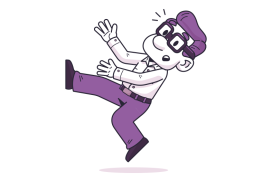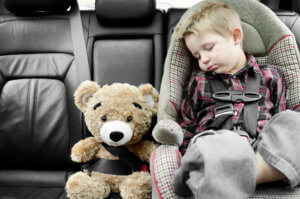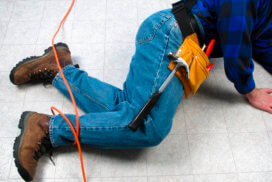Too Close for Comfort: Why Near Misses Matter
We’ve all experienced moments where we narrowly avoided getting hurt on the job — catching ourselves from slipping on an icy walkway, stumbling over an electrical cord, nearly getting your hand pinched in machinery, or straining to lift something heavy or awkward. These “whoa, that was close” moments are known as near misses — and they should be taken just as seriously as actual accidents.
According to the National Safety Council (NSC), the only difference between a near miss and a serious accident could be a fraction of an inch or a split second. Near misses are often warning signs of underlying hazards, and if those hazards go unaddressed, it’s only a matter of time before someone gets injured.
What Should You Do After a Near Miss?
The very first step: notify your supervisor immediately. Reporting a near miss isn’t about finding fault — it’s about understanding what happened and preventing it from happening again. A prompt report allows your organization to investigate the root cause and implement corrective actions to eliminate the risk.
Building a Culture of Safety
In Near-Miss Reporting: A Missing Link in Safety Culture, safety expert Mike Williamsen emphasizes that organizations should take action before an injury occurs. Unfortunately, many employees are hesitant to report near misses due to fear, uncertainty, or a belief that it’s “not a big deal.”
To overcome this, Williamsen offers several strategies:
- Set clear expectations that near misses and unsafe conditions must be reported.
- Provide regular safety training to help employees recognize and respond to risks.
- Track and measure how near-miss reporting impacts overall safety.
- Recognize and reward employees who engage proactively in safety practices.
Stay Alert, Stay Safe
Risks can exist even in routine tasks. That’s why it’s essential to:
- Follow your organization’s safety procedures.
- Wear the proper personal protective equipment (PPE).
- Stay alert to your surroundings and report potential hazards.
- The safety of yourself and your coworkers should be your number one priority.
The safety of yourself and your coworkers should be your number one priority. By taking near misses seriously, we can work together to create a safer workplace for everyone. Don’t wait until an injury occurs — report the risk before it becomes reality.
Remember: Safety isn’t just a policy. It’s a responsibility we all share.





